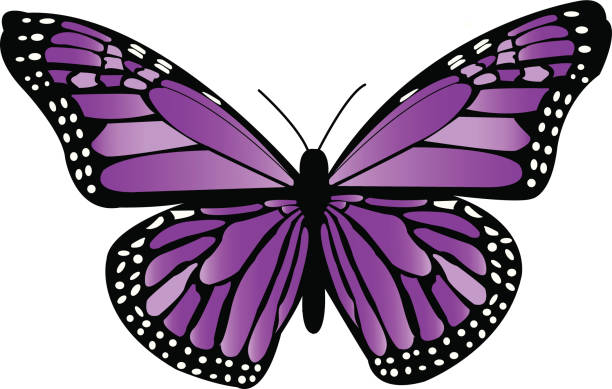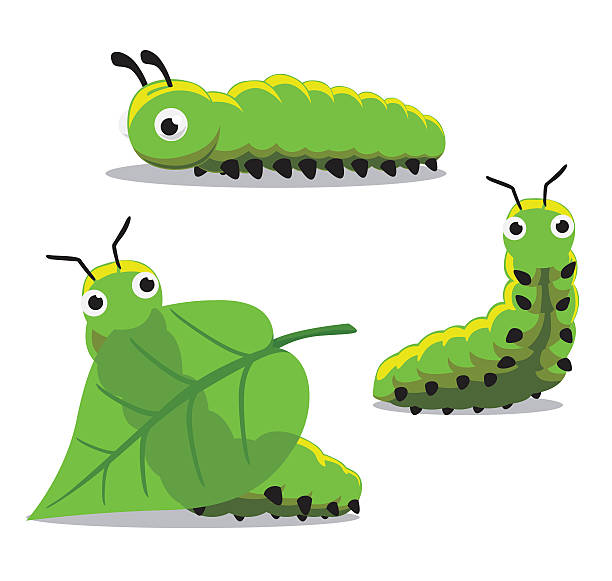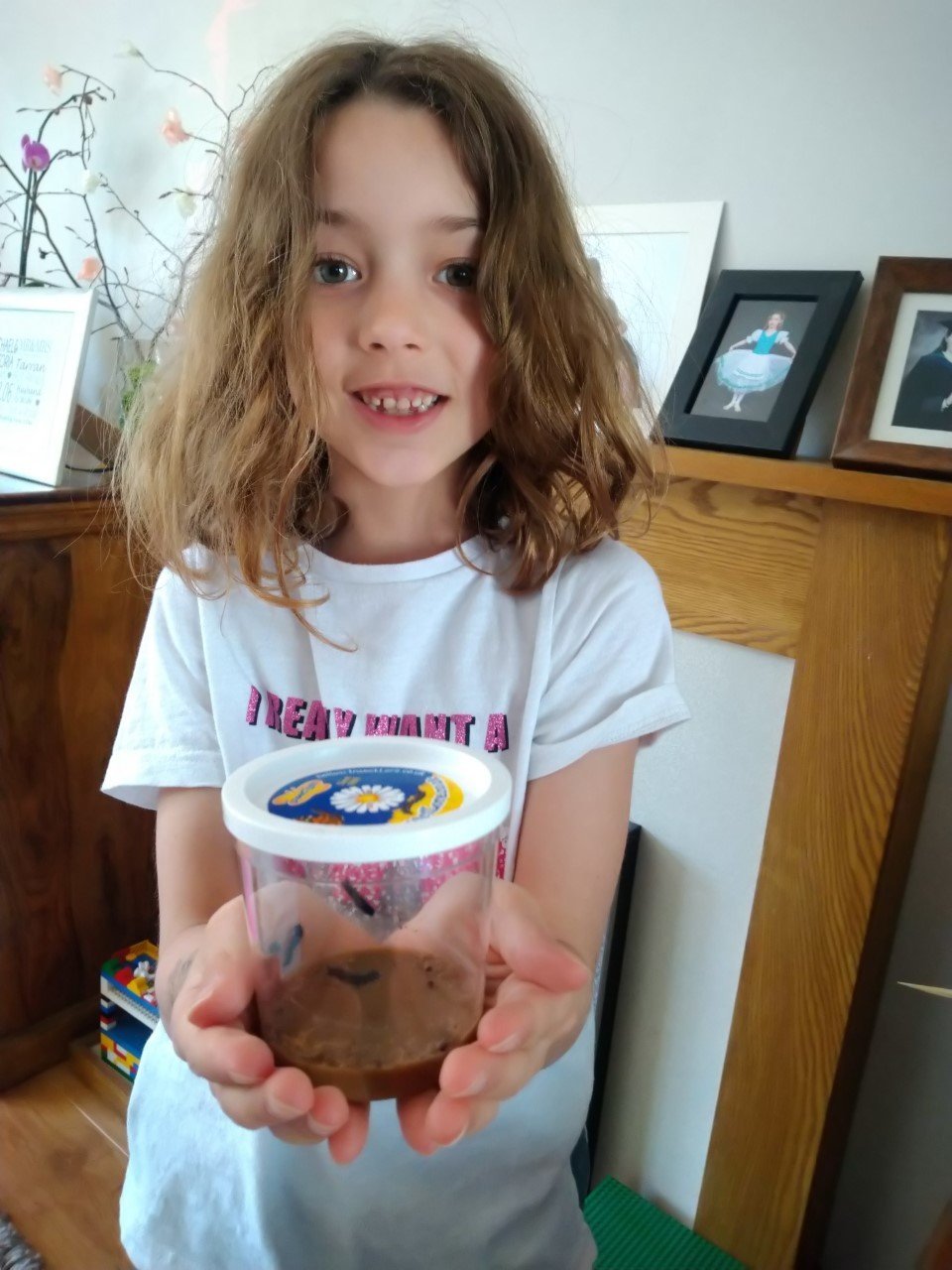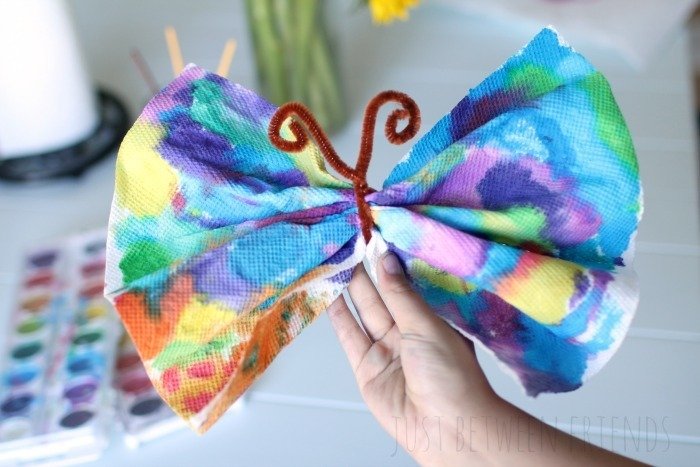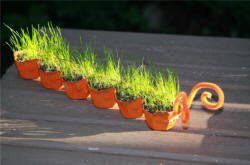

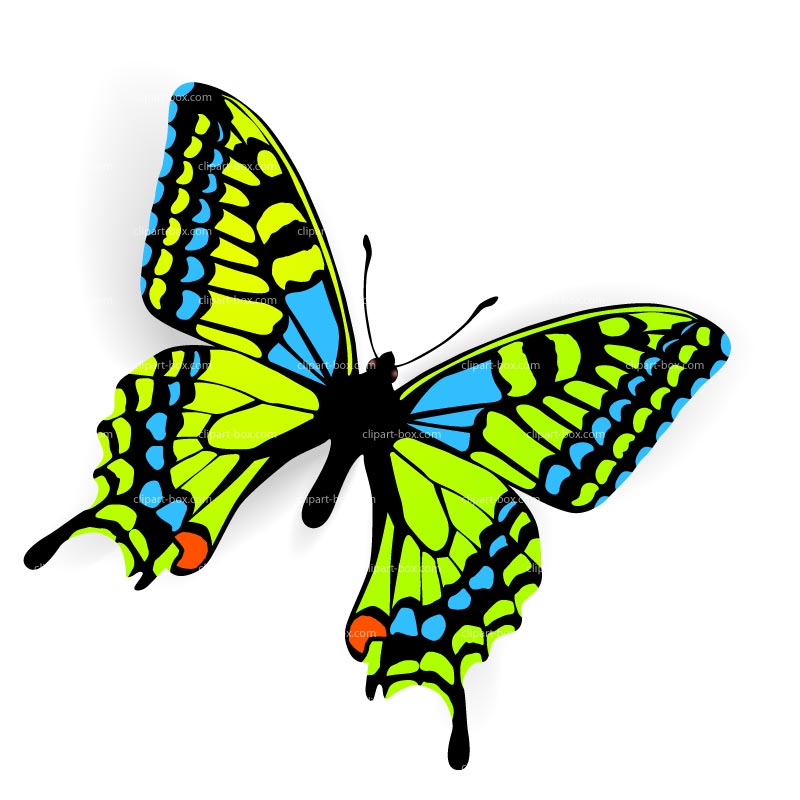
All about Butterflies
Year 2’s first summer topic has been Wriggle and Crawl which was all about minibeasts. To help understand the life-cycle of a butterfly I am raising some caterpillars at home and sharing their weekly development. I thought that everyone would like to help monitor how they grow. So, on this page you will be able to follow the life-cycle of a butterfly, from its early stages of being a caterpillar, right through to its metamorphosis in to butterfly.
Scroll down the page and discover some fun facts and crafty ideas to explore.
I hope you enjoy seeing how the butterflies grow.
Mrs Pow
Caterpillar watch
Week 3
The caterpillars have stopped eating and are now hanging from the lid. They are getting ready to spin a chrysalis.
29.05.20
The first butterfly emerged this morning. Don't worry the red liquid is not blood it is meconium. Adult butterflies emerge from the chrysalis with shrivelled wings. They hang beneath the chrysalis skin and pump fluid into the wings to inflate them. Newly emerged butterflies secrete meconium, that contains the waste materials from the chrysalis stage.
Week 1

Week 4a

30.05.20
Watching two butterflies emerge
Two of the butterflies emerged today within 10 minutes of each other. It was very exciting to capture it on film and see how they inflate their wings. Can you see the curly proboscis (tongue) going in and out? The other butterfly was also very happy to see them, look at it flapping its wings!
Week 2
The caterpillars are growing and moving around more. They are about 1.5cm in length. They have become more spiky and are eating the special food in the bottom of the pot.
Week 4b
They have now been moved into the hatching net. Here they will stay as chrysalides for a week or so before emerging into beautiful butterflies.
01.06.20
All five butterflies have now emerged. They will stay in the next for a few days whilst their wings get stronger. They have sugar water and fruit to feed on. The also have some flowers and leaves to rest upon.
04.20.20
The butterflies were released into my garden today. They were a bit reluctant to leave the net and fly because it was a bit chilly. With a bit of encouragement from my family they eventually flew onto the flowers and around the garden. One of them liked the look of my daughter's flowery leggings!!!!! They will now live in their new habitat for a few weeks and lay eggs ready for the life cycle to begin again.
Some of our 2P friends have been raising their own butterflies too!
18.05.20 - each of them has made a chrysalis
21.05.20 - still tiny caterpillars
27.05.20 - The chrysalides have emerged in to butterflies
week 08.06.20 - The release
28.05.20 - Someone has released their butterflies.
Fascinating Facts
- Nearly all caterpillars are herbivores. Only 1% of all caterpillars are insectivores and cannibals. Most caterpillars feed on plants. A few caterpillars eat eggs, insects, larvae, and aphids.
- Caterpillars usually have three pairs of small, but noticeable, true legs at the front and up to 5 pairs of fleshy false legs at the back.
- A caterpillar has as many as 4,000 muscles in its body
- A caterpillar's first meal is usually its eggshell
- Caterpillars have 12 Eyes. On each side of its head, a caterpillar has 6 tiny eyelets.
What is the most amazing fact you can find out about a caterpillar or butterfly?
Email yr2@beacon-ce-primary.devon.sch.uk and will add it to the page
Did you know? Fun facts from our friends in 2P
From Ella - Butterflies are rare on farms that have crops because they like different shaped and coloured flowers.
From Noah - Butterflies taste with their feet!
From Rosie - Did you know, the most deadly caterpillar in the world is the puss caterpillar?
From Maddie – Did you know, a group of butterflies is called a Flutter?
From Holly - Caterpillars only have six legs – the rest are false legs!
From Lily - Butterflies attached their eggs to a leaf with a special glue!
From Oscar R - Butterflies won't fly if it is too cold.
From Otto - Butterflies can see ultra-violet colours that the human eye can not see. They have their own ultra violet markings to identify each other.
/Caterpillar-58b9e64d3df78c353c59f17d.jpg)
How to attract butterflies to your garden
Butterflies are a common sight in gardens, but several species are in decline as they battle habitat loss. Here are some simple steps you can take to make your garden, patio or windowsill a little more homely for visiting butterflies, and encourage them to move in permanently.
Provide food
- Grow nectar-rich flowers in the spring and summer months to encourage them. Adult butterflies enjoy bluebells, marigolds, buttercups, hyacinth, clover, garden mint, thistles, blackberry bushes, heather and lavender, just to name a few.
Create warmth
- Butterflies enjoy warmth. Try to pick out spots where the sun hits to cultivate your plants. Butterflies also need room to fly, so create a flowerbed full of nectar-rich plants alongside an open area of patio or lawn.
Use window boxes
- Even people without a large garden can encourage wildlife to thrive. Many plants are at home in a window box or on a patio, including marigolds, yarrow and lavender. Place it on the window that gets the most sunlight.
Fruit
- Butterflies need food to be available from the early spring through to late summer. In August, some species will feed on the sugar inside discarded fruit. Rotting pears, apples and berries are popular. Butterflies struggle to consume anything too hard, so if you leave fruit out on the compost heap, the riper the better

Video Weblinks
CBeebies Melody – Little Blue Butterfly
Join Melody as she listens to a piece of music called Rhapsody in Blue by George Gershwin and be transported into an animation all about a little blue butterfly.
https://www.bbc.co.uk/iplayer/episode/b063d4c3/melody-series-2-18-little-blue-butterfly
Maddie’s Do you know? Butterflies
Maddie visits a butterfly farm to find out about the life-cycle of a butterfly
How caterpillars change into butterflies
Monarch butterflies – slow motion video of how they move
https://www.bbc.co.uk/teach/class-clips-video/monarch-butterflies/zvjd7nb
Why are butterflies (and bees) attracted to plants?
Get Crafty
Try some of these wonderful craft ideas
Grass seed and egg carton caterpillar
https://www.dltk-holidays.com/spring/mgrassseedcaterpillar.htm
Paper Mache model
Use scrunched up newspaper coeverd in paper mache, garden wire and tissue paper
Reading
Access these online versions:
The story of the not so colourful butterfly
https://www.storyberries.com/bedtime-stories-the-story-of-the-not-so-colorful-butterfly/
The Very Hungry Caterpillar
https://www.bedtimeshortstories.com/the-very-hungry-caterpillar-story
Caterpillar looks for a shoe
https://www.storyberries.com/bedtime-stories-caterpillar-looks-for-a-shoe-stories-for-kids/
Picture books











